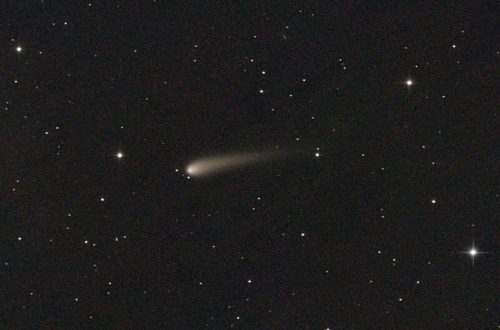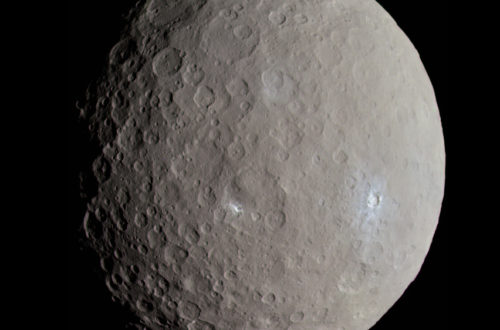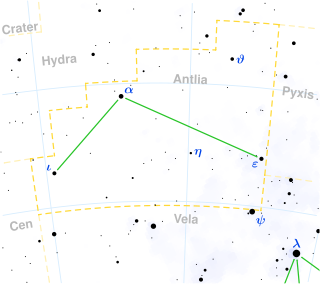Stargazing Calendar for January 2024
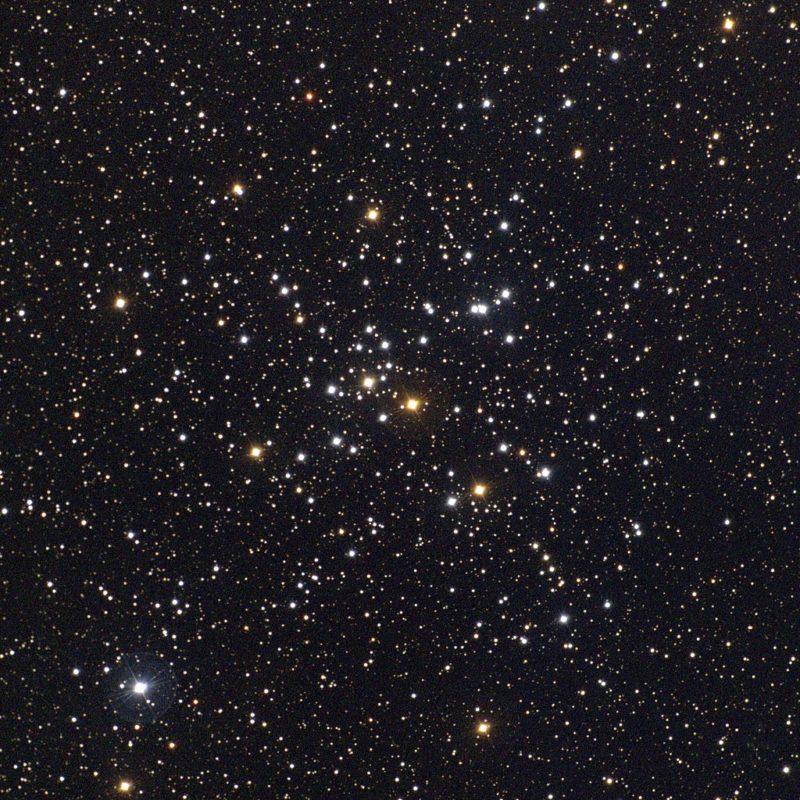
Looking for the January 2025 stargazing calendar?
Embark on an enthralling journey through the cosmos with our comprehensive guide to stargazing in January 2024! This month, the skies are poised to offer a captivating display of celestial phenomena, from the Little Beehive Cluster’s ascent to meteor showers and planetary rendezvous. Here’s your exclusive calendar for an extraordinary stargazing experience in January 2024.
Would you like to be notified of stargazing events?
List of Meteor Showers in January 2024
- December Leonis Minorids: Start on December 5; peak on December 20; end on February 4.
- Antihelion Source: Start on December 10; multiple peaks; end September 10.
- Quadrantids: Start on December 26; peak on January 4; end on January 12.
- γ-Ursae Minorid: Start on January 15; peak on January 20; end on January 25.
- α-Centaurids: Start on January 28; peak on February 8; end on February 21.
We also have a complete list of meteor showers for the entire year here.
List of Planetary Conjunctions in January 2024
- Conjunction of the Moon and Venus in Scorpius and Ophiuchus on January 8.
- Conjunction of the Moon and Mercury in Ophiuchus on January 9.
- Conjunction of the Moon and Mars in Sagittarius on January 10.
- Conjunction of the Moon and Saturn in Aquarius on January 14.
- Conjunction of Venus and Ceres in Ophiuchus on January 16.
- Conjunction of the Moon and Jupiter in Aries on January 18.
- Conjunction of Mercury and Mars in Sagittarius on January 27.
January 2: Messier 41 Cluster at its highest point in the sky
Messier 41 (also known as M41 or NGC 2287) is an open cluster sometimes referred to as The Little Beehive Cluster. The cluster will reach its highest point in the sky at around midnight local time. (See featured image at the top.)
M41 will be at apparent magnitude 4.5; too faint to be seen with the naked eye except for the very darkest sites with no light pollution. So a pair of binoculars or small telescope is recommended. Look in the constellation of Canis Major. The Moon will interfere somewhat because it will be 21 days old waning gibbous at 54%.
The cluster covers an area just a little larger than the size of the full Moon. It contains around 300 stars, but only 60 to 100 of them are visible through binoculars. (Source: Viewing the Constellations with Binoculars: 250+ Wonderful Sky Objects to See and Explore.) It is located 2300 light-years away and has a diameter of about 25–26 light-years.
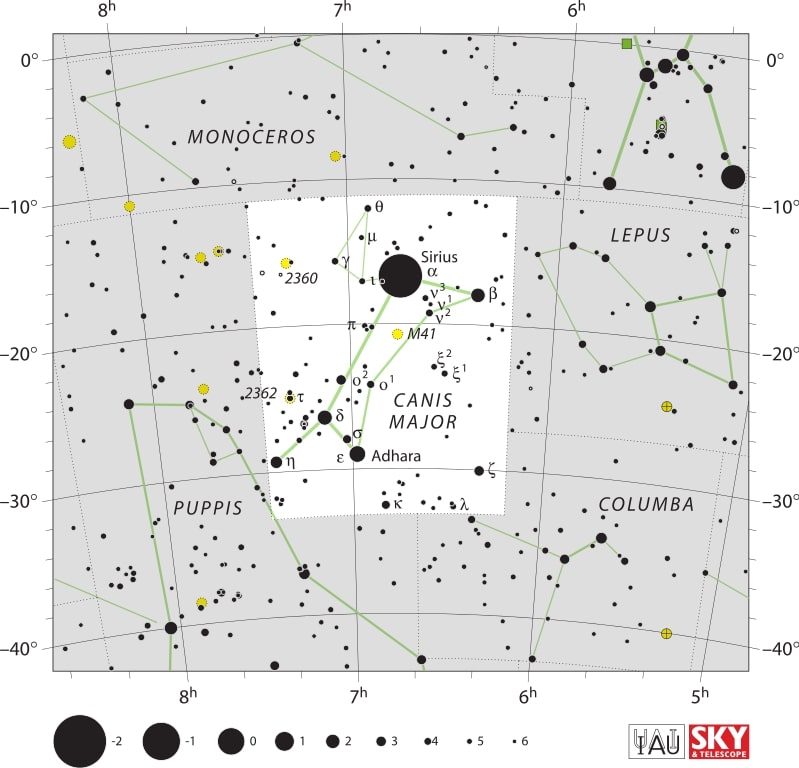
January 2: The Earth at perihelion
On this day, the Earth will reach its closest point to the Sun (perihelion) in its slightly elliptical orbit. We will be at a distance of 0.9833 AU from the Sun. The Earth’s distance only varies by 3% over a year.
Although not really noticeable, the Sun will appear 3% larger in the sky. But don’t look straight at the Sun without protecting your eyes!
January 4: Quadrantid meteor shower peak
The Quadrantids are one of the largest meteor showers of the year with as many as 120 meteors per hour on average if conditions are ideal. Given that the Moon will be 23 days old (a waning crescent at 40%), those conditions won’t be completely ideal due to a little bit of interference.
Some meteors can also be seen between December 26 and January 12. They will radiate from the constellation of Boötes at an average speed of 41 km/s. More exactly, they will radiate from the former constellation of Quadrans Muralis, which included parts of Boötes and Draco. Even though the constellation is now obsolete, the meteor shower retains it’s original name of Quadrantids.
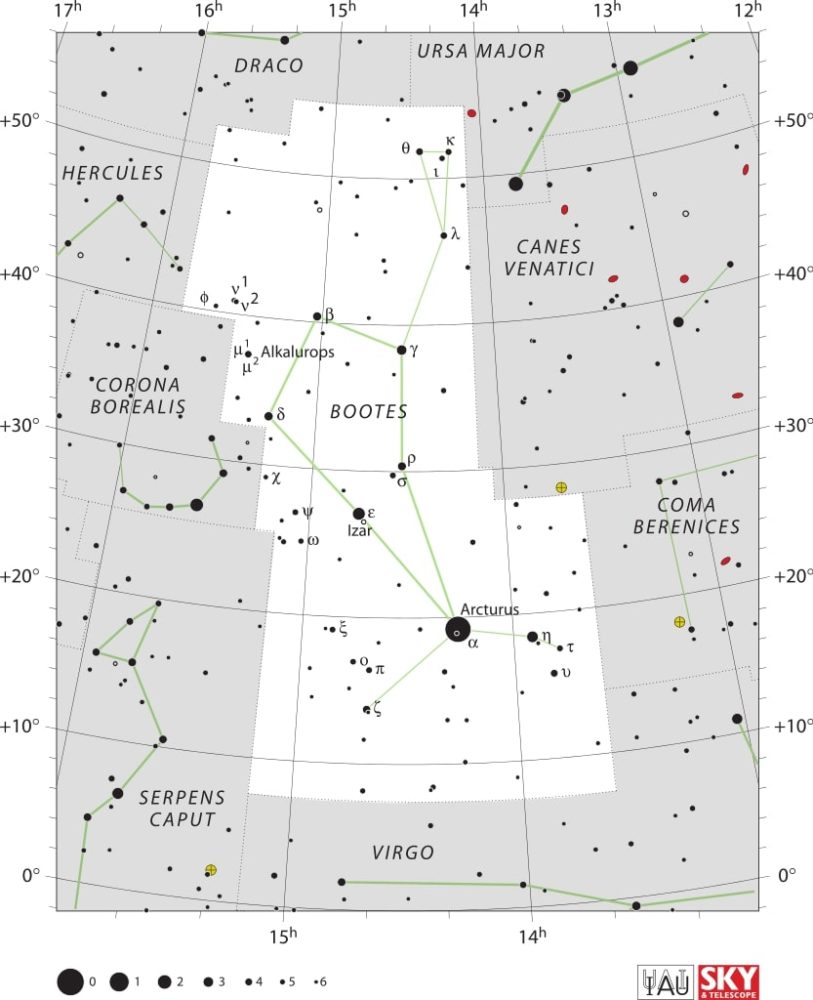
January 8: Conjunction of the Moon and Venus
The Moon and Venus will reach conjunction passing within 5°42′ of each other while sharing the same right ascension.
The Moon will be at apparent magnitude -10.1 (a 27 days old waning crescent at 6%) in the constellation of Scorpius, and Venus at magnitude -4.0 in the neighboring constellation of Ophiuchus.
Interestingly, Mercury and Mars are also nearby and will be reaching their own conjunctions with the Moon in the following days.
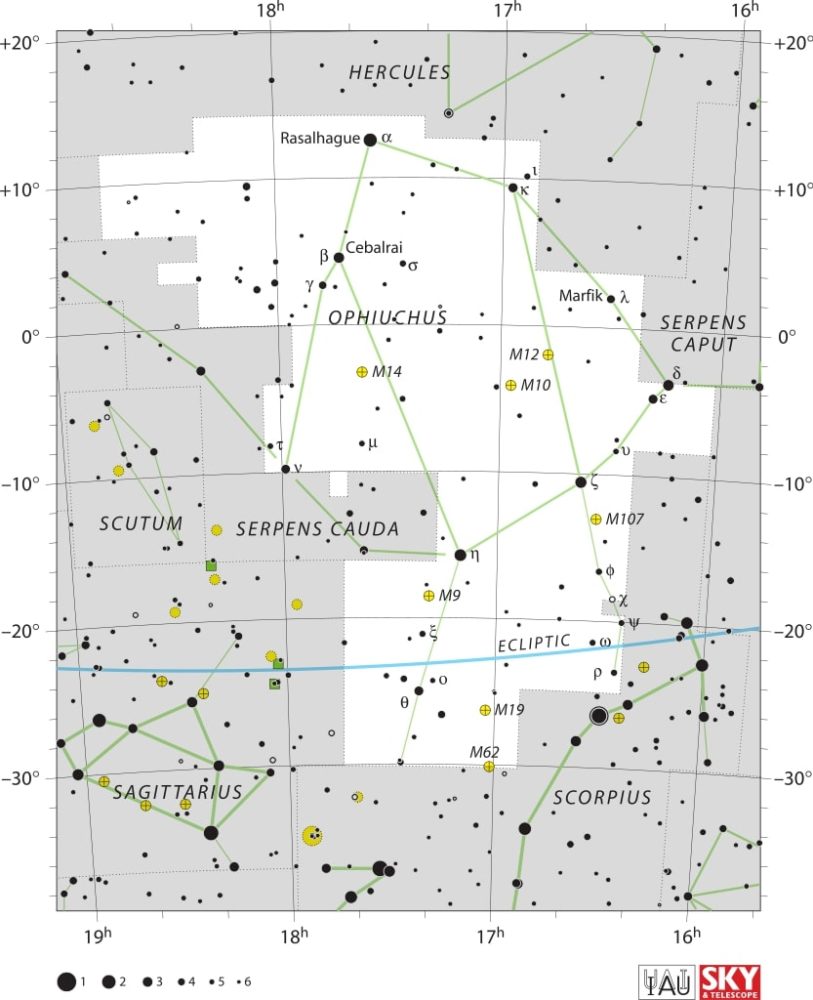
January 9: Conjunction of the Moon and Mercury
The Moon and Mercury will pass within 6°35′ of each other while sharing the same right ascension, in what is called a conjunction.
The two celestial bodies will be in the constellation of Ophiuchus, with the Moon at apparent magnitude -9.3, and Mercury at -0.3. The Moon will be a 28 days old very thin waning crescent at 2%. (Constellation map already displayed above, when discussing the conjunction of the Moon and Venus.)
As Mercury is always close to the Sun, be very careful to not point binoculars or a telescope directly at the Sun. This can gravely damage your eyes, even resulting in permanent blindness.
January 10: Conjunction of the Moon and Mars
The Moon and Mars will be at conjunction by sharing the same right ascension and passing within 4°09′ of each other.
Look for the two bodies in the constellation of Sagittarius. The Moon will be a very thin waning crescent at 29 days old, very close to new moon. Despite this, the Moon will still be at apparent magnitude of -8.5, while Mars will be at magnitude 1.4.
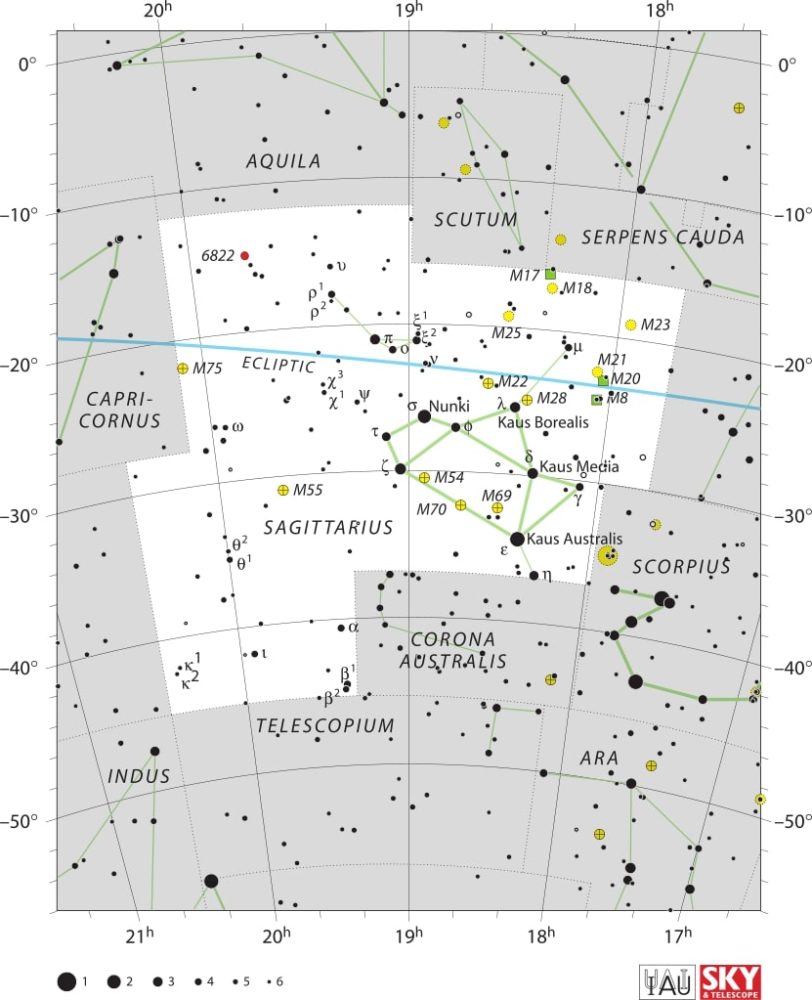
January 12: Mercury at greatest western elongation
Mercury will be at its highest point above the horizon in the morning sky, making it the best time to view the planet. Look for it low in the eastern sky just before sunrise. It will be at apparent magnitude -0.3 in the constellation of Sagittarius. (Constellation map already displayed above, when discussing the conjunction of the Moon and Mars.) The Moon will not interfere as it will be only one day old, a very thin waxing crescent at 4%.
January 14: Conjunction of the Moon and Saturn
The Moon and Saturn will reach conjunction by passing within 2°08′ from each other while sharing the same right ascension.
Shortly after the conjunction, the Moon and Saturn will pass even closer to each other at 1°56′ during the appulse (close approach), but no longer sharing the same right ascension.
The two bodies will meet in the constellation of Aquarius with an apparent magnitude of -10.5 for the Moon and 0.8 for Saturn. The Moon will be a 3 days old waxing crescent at 15%.
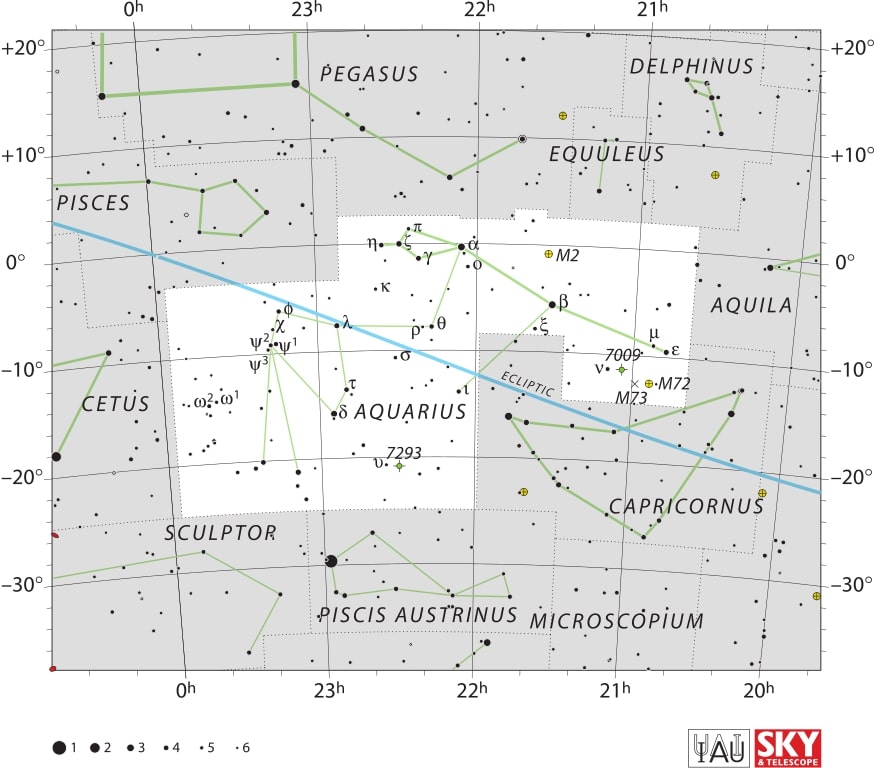
January 16: Conjunction of Venus and Ceres
Venus and Ceres will be at conjunction by sharing the same right ascension and passing within 9’22” of each other.
The two bodies will meet in the constellation of Ophiuchus with an apparent magnitude of -4.0 for Venus and 9.0 for Ceres. The Moon will be a 5 days old waxing crescent at 43%. (Constellation map already displayed above, when discussing the conjunction of the Moon and Venus.)
January 18: Conjunction of the Moon and Jupiter
The Moon and Jupiter will be at conjunction by sharing the same right ascension and passing within 2°46′ of each other.
At around the same time the two bodies will also make a close approach (appulse) reaching 2°31′ from each other, but not sharing the same right ascension.
The two celestial bodies will meet in the constellation Aries with the Moon at apparent magnitude of -12.1 and Jupiter at -2.5. The Moon will be 7 days old and waxing gibbous at 62%.
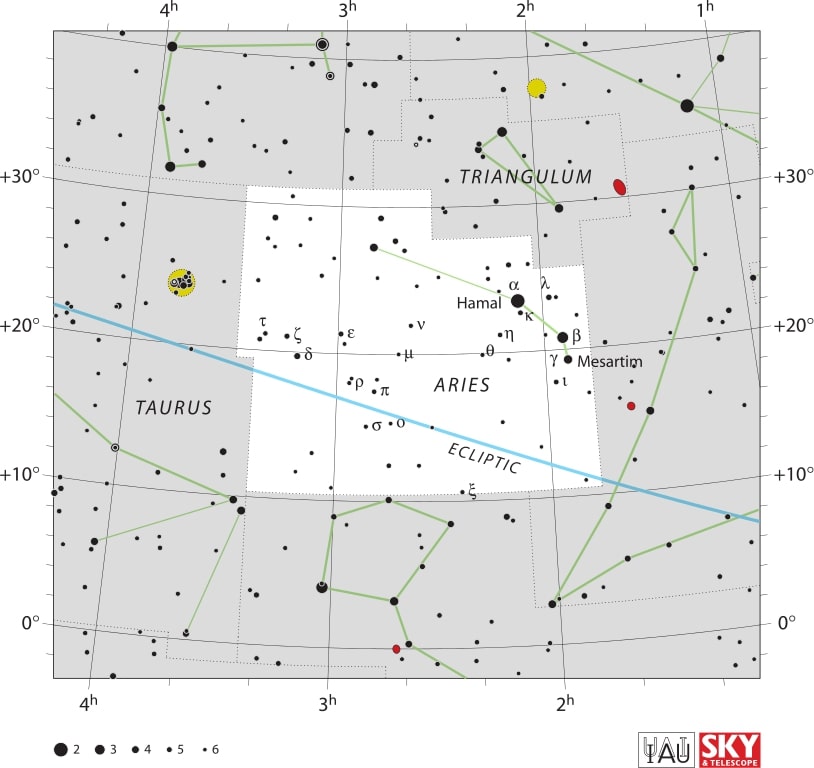
January 19: Asteroid 354 Eleonora at opposition
Asteroid 354 Eleonora will reach opposition, when it lies opposite to the Sun in the sky. It will reach the highest point in the sky around midnight local time.
On this occasion, 354 Eleonora will pass within 1.55 AU of Earth and reach a peak brightness of magnitude 9.5. Unfortunately even at the peak, this asteroid will be too faint to observe with the naked eye. You will need at least a 4 inch telescope, which you should point towards the constellation of Canis Minor. The Moon will be 8 days old and waxing gibbous at 76%.
Eleonora was discovered by French astronomer Auguste Charlois in 1893. It is a large S-type main-belt asteroid at about 149 km in mean diameter. It orbits the Sun at 2.7996 AU (semi-major axis) which takes 4.684 years to complete. (Source: NASA JPL Small-Body Database Lookup for 354 Eleonora.)
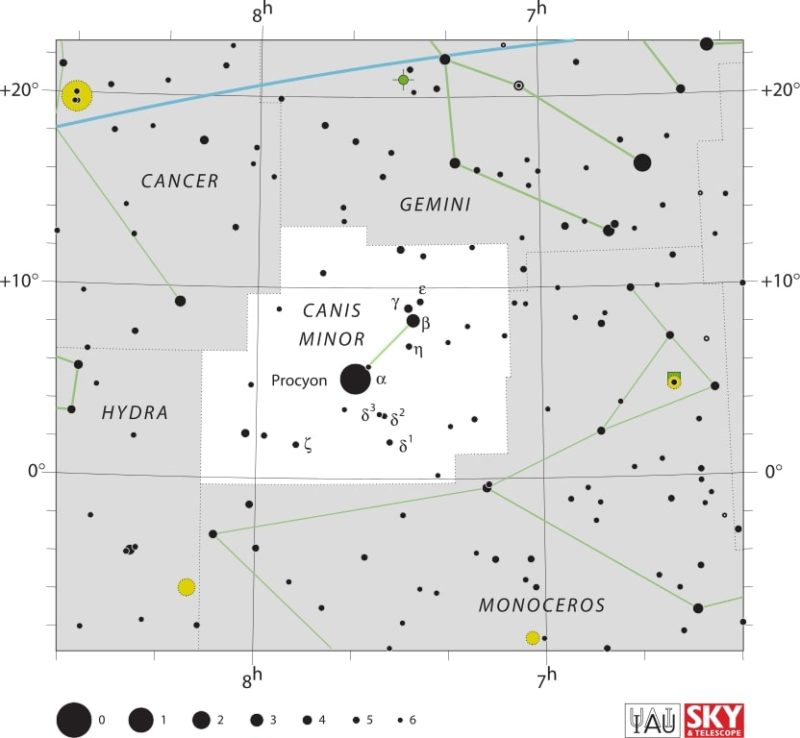
January 20: γ-Ursae Minorid meteor shower peak
The Gamma Ursae Minorids will peak with a zenithal hourly rate of 3 meteors if conditions are optimal. Unfortunately that won’t quite be the case as the Moon will offer some interference. It will be 8 days old and waxing gibbous at 75%.
Some meteors may also be spotted between January 15 and January 25. They will radiate from the constellation of Ursa Minor at the speed of 31 km/s on average.
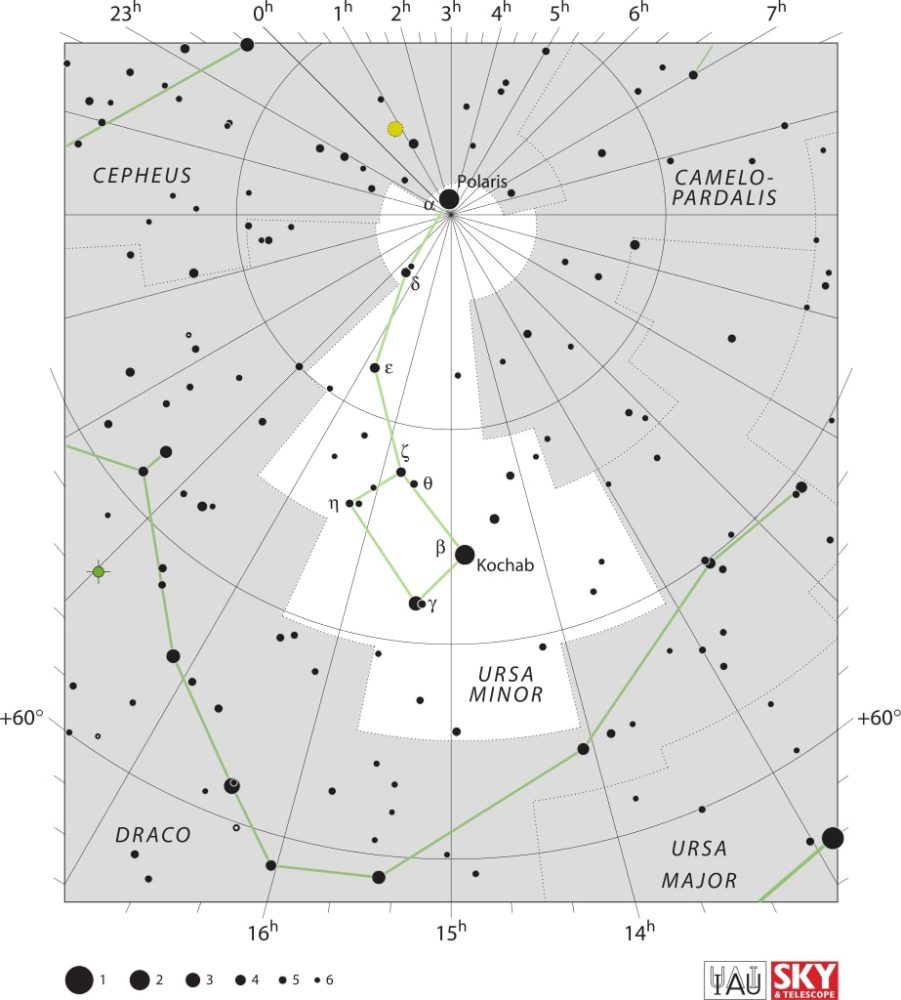
January 20: Close approach of the Moon and the Pleiades
The Moon and the Pleiades (also known as M45 or Messier 45) will make a close approach, passing within only 45.5 arcminutes of each other.
Both objects will be in the constellation of Taurus with the Moon being at apparent magnitude -12.4; and the Pleiades at 1.3. The Moon will be 9 days old and waxing gibbous at 79%.
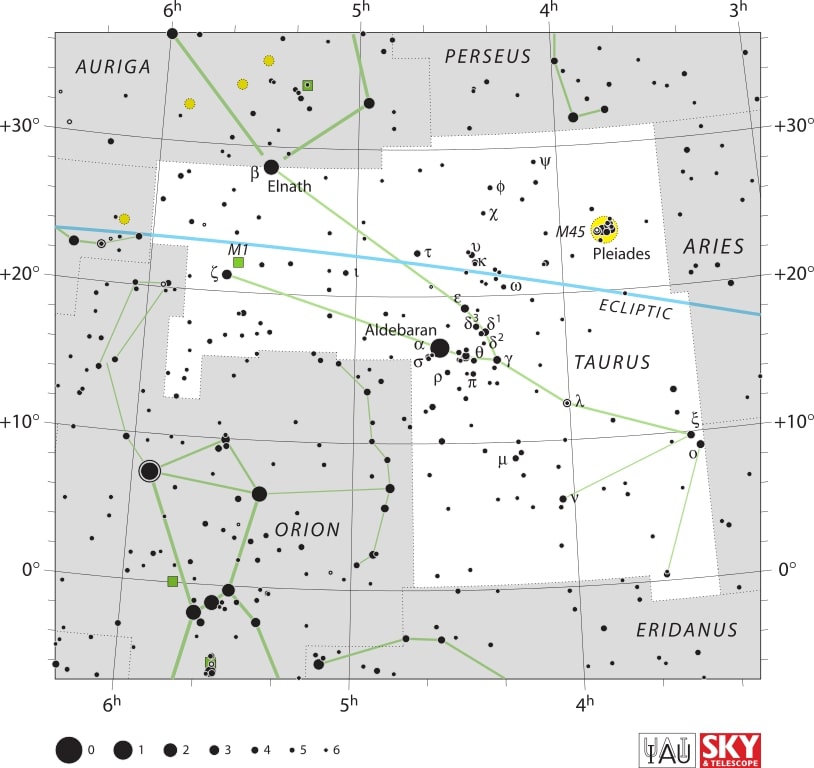
January 27: Conjunction of Mercury and Mars
Mercury and Mars will pass within only 14 arcminutes of each other while sharing the same right ascension, in what is called a conjunction.
Both planets will be visible in the constellation of Sagittarius, with the Mercury at apparent magnitude -0.2, and Mars at 1.3. The Moon will be 16 days old waning gibbous at 94%. (Constellation map already displayed above, when discussing the conjunction of the Moon and Mars.)
January 31: Beehive Cluster at its highest point in the sky
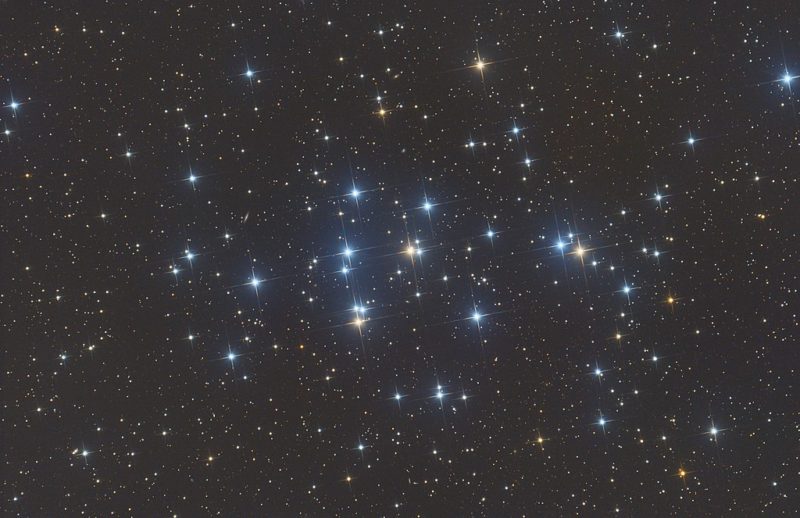
The Beehive Cluster will reach its highest point in the sky at around midnight local time, making it a good time to observe it. At an apparent magnitude of 3.1, it is very hard to spot with the naked eye, so binoculars or a telescope are recommended. There will be some interference from the Moon because it will be 20 days old waning gibbous at 62%. Look in the constellation of Cancer.
The Beehive Cluster is also known as Praesepe (manger or crib in Latin) as well as under the designations of M44, Messier 44, NGC 2632, or Cr 189. It has been known since antiquity and Ptolemy mentioned it in his writings.
It is an open cluster about 610 light-years away including about a thousand stars. Interestingly two exoplanets have been discovered in this cluster in 2012.
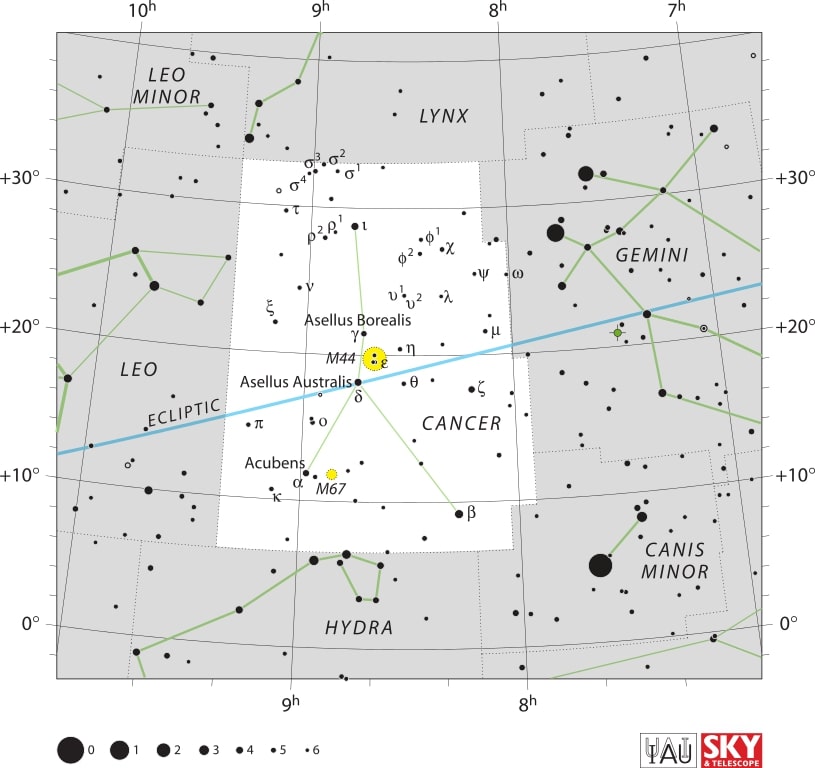
Moon Phases in January 2024
As you know, the Moon has a big impact on the visibility of celestial bodies in the night sky. So here are the Moon’s phases for this month:
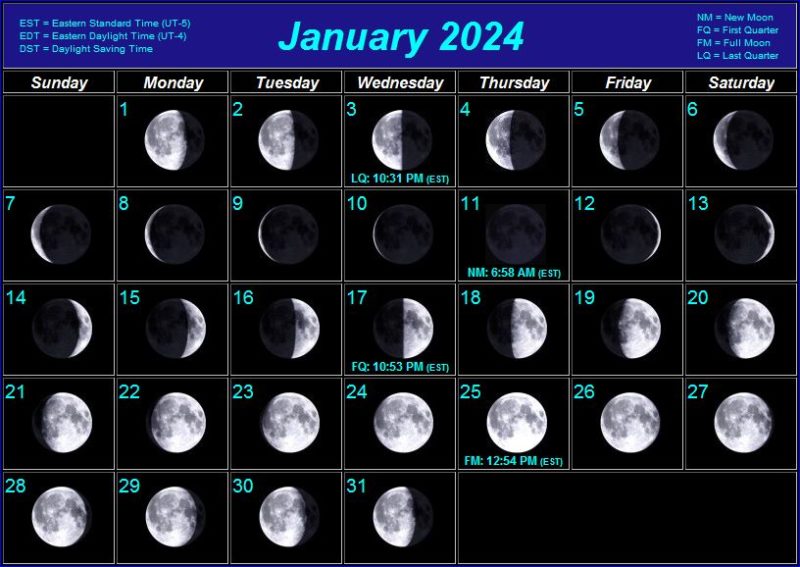
Positions of the Planets in January 2024
Mercury: The closest planet to the Sun can be seen at dawn and dusk travelling across the constellation of Ophiuchus and then Sagittarius later in the month. This planet, being the closest to the Sun, will appear to move quickly in the night sky and its position will change in the following weeks.
Venus: The sister planet can be seen travelling across the constellation of Scorpius and Ophiuchus. Just like Mercury, Venus can only be seen at dawn and dusk.
Mars: The red planet can be seen in the constellation of Sagittarius.
Jupiter: The gas giant is visible in the constellation of Aries. Jupiter can easily be spotted with the naked eye, even in highly illuminated cities.
Saturn: The ringed giant can be seen with the naked eye in the constellation of Aquarius.
Uranus: The ice giant can be seen in the constellation of Aries with the use of a telescope.
Neptune: The blue giant requires a telescope pointed in the constellation of Pisces in order to be seen.
Positions of Dwarf Planets and Large Asteroids in January 2024
Ceres: The asteroid belt’s lone dwarf planet can be seen in the constellation of Ophiuchus with the help of a telescope.
Vesta: This large asteroid can be seen in the constellation of Taurus with a telescope.
Pallas: The asteroid can be observed with a telescope in the constellation of Serpens.
Pluto: This distant dwarf planet can be found in the constellation of Sagittarius with the help of a large telescope.
Major astronomical events next month – February 2024
- February 8: α-Centaurids meteor shower peak.
- February 14: Comet C/2021 S3 (PANSTARRS) at perihelion.
Conclusion
As we close the chapter on stargazing this January 2024, we reminisce about the mesmerizing celestial events that graced our skies. From the Little Beehive Cluster’s ascent, the Quadrantid meteor shower’s peak, and captivating conjunctions of planets like Venus, Mars, and Jupiter, each event painted a vivid tapestry in the night heavens. These fleeting but dazzling moments serve as a reminder of the infinite beauty waiting for us as we continue our cosmic journey into the unknown.
Enjoy these celestial wonders and don’t forget to subscribe to our newsletter below to receive our stargazing calendar in your mailbox.
Sources:
- Planetary ephemerides produced by NASA’s Jet Propulsion Laboratory (JPL)
- International Meteor Organization
- NASA JPL Small-Body Database Lookup
See also:
- Previous month’s calendar: Stargazing Calendar for December 2023
- Next month’s calendar: Stargazing Calendar for February 2024
Would you like to receive similar articles by email?



